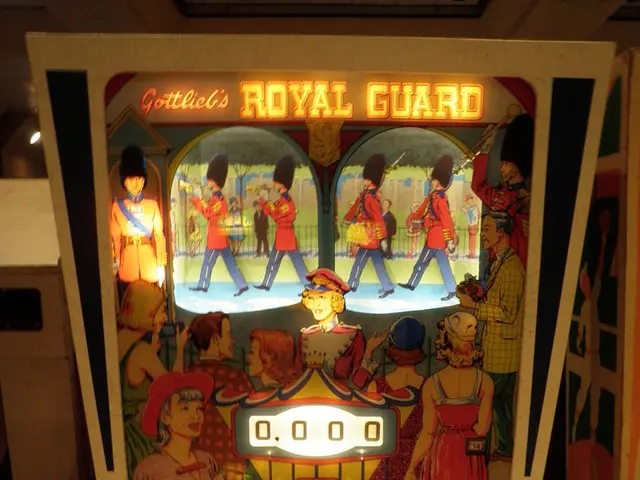Expanding Entertainment: The Blossoming Creative Sector in Saxony, Encompassing Movies, Tunes, and Video Games - Creative Industries Thriving in Saxony: Film, Music, and Gaming Sectors
In the heart of Germany, Saxony's creative economy is making a strong comeback following the COVID-19 pandemic. According to the Ministry of Economics, the sector has shown consistent growth since 2015, with an average annual growth rate of 3.7%.
The latest 2024 Creative Economy Report reveals that approximately 81,000 people are employed in this vibrant sector. The recovery, driven by digitalization and innovation, is particularly evident in sectors like software, gaming, arts and crafts, design, advertising, music, and books.
The gaming sector, a significant contributor, has seen a resurgence. The German games market, including Saxony's companies, bounced back in the first half of 2025 after a slight decline in 2024. Revenues reached €4.6 billion, marking a 4% increase year-over-year. The hardware segment, boosted by new launches like the Nintendo Switch 2, grew by 17%, while online gaming services expanded by 4%. However, game software sales saw a slight 2% dip.
Saxony's cities, notably Leipzig, are becoming hubs for creative industries. The city's cultural offerings and its emerging technology sectors provide a favorable environment for creative occupations. Leipzig's design, advertising, and arts and crafts sectors often intersect with digital technologies and media, benefiting from urban development that supports cultural vibrancy and creative professions.
While detailed post-pandemic employment statistics by subsector are not yet available, the overall trend indicates a recovery in creative and cultural jobs, helped by digital transformation and strong regional subsidies for arts and tech startups. The increased international appeal is drawing skilled professionals, boosting creative labor markets in design, software development for gaming, and media.
However, challenges remain. Housing affordability in Leipzig and infrastructure costs could affect talent retention. The broader music and book markets in Germany, including Saxony, are stable with gradual digitalization effects.
In summary, Saxony's creative economy post-COVID is marked by a rebound in gaming revenues and hardware sales, an active design and arts scene centered in Leipzig, and ongoing growth driven by technology integration in creative sectors like advertising and crafts. Balanced urban planning will be crucial to sustain this positive development.
- The employment policy in Saxony's creative economy, which has played a role in its growth since 2015, should continue to emphasize support for digitalization and innovation, as these factors have been instrumental in the sector's recovery from the COVID-19 pandemic.
- As lifestyle preferences increasingly lean towards digital experiences, it's important that the community policy in Leipzig addresses housing affordability and infrastructure costs to attract and retain skilled professionals, ensuring the continued growth and vibrancy of its creative industries.




